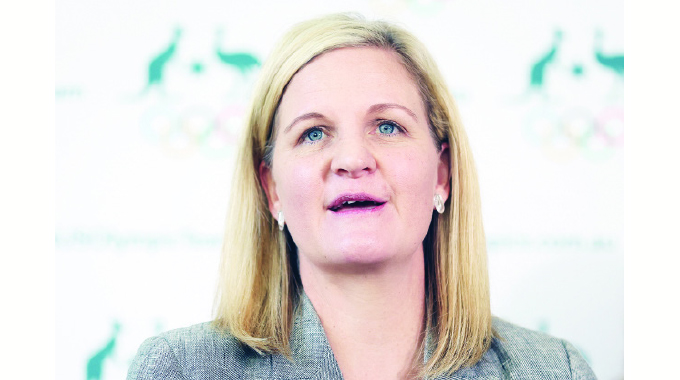‘Marketing strategy to propel nation towards Vision 2030’

Elton Manguwo
THE Government has announced plans to adopt new marketing arrangements for the 2022/23 agricultural season in a strategic move aimed at increasing farmers’ earnings in line with the requirements for achieving an upper-middle income economy by 2030.
Speaking on the side-lines of announcement of 2022/23 producer prices in Harare last week, Minister of Lands, Agriculture, Fisheries, Water and Rural Development Dr Anxious Masuka said the marketing and pricing system that would be produced was consistent with achieving food and fibre security, as well as macro-economic stability.
“Maize, traditional grains, soya bean and cotton are strategic crops and play an integral role in the Zimbabwean economy. Pre-planting prices and marketing arrangements for these crops are critical to ensure that farmers receive viable and strategic crop producer prices,” said Dr Masuka.
As the Government aims to transform the country’s subsistence farmers into successful business people through encouraging partnerships between the private sector and the farmers, the proposed marketing arrangements are set to propel farmers to greater economic heights.
“The proposed producer prices should be able to support farmer viability and encourage farmers to continue producing,” said Dr Masuka.
More so, the Government through the Ministry is working to ensure that a sustainable business environment is created through legislative amendments so that farmers can be able to sell and benefit from their produce.
“We will be changing a few statutory instruments particularly SI Unit 145 of 2019 in the next few months to enable the business of agriculture to thrive, so that we can clarify the definition of a contract and the responsibility of a marketing board,” said Dr Masuka.
In addition, the Grain Marketing Board (GMB) and Cottco will only purchase strategic crops financed under the Presidential Input programme, as well as self-financed farmers, although GMB may purchase grains from contractors.
All contractors including the Food Crops Contractors Association (FCCA) and the National Enhanced Agriculture Productivity Scheme (NEAPS) are, however, obligated to buy back contracted crops at market prices, added Dr Masuka.
The proposed marketing arrangement will take into consideration the farmers’ different financing arrangements and clearly set them apart with the self-financed, Pfumvudza sponsored, private sector contracted and those financed under (NEAPS), to name just a few, all getting the treatment they deserve.
The price determination is based on the approved pricing policy, which uses a standardised maize production model, cost-plus pricing model and an average yield level of 5, 5 tonnes per hectare and a 15 percent margin above break-even price.
Dr Masuka highlighted that with the Government pushing to create an efficient marketing system, submissions from various stakeholder in the agriculture sector were being taken into consideration.
“The Government will issue a statutory instrument that mandates private players to provide returns on storage grains to be able to track national stocks of maize and other grains to ensure food security,” he said.
Sixty-one percent of the rural population amounting to 9,2 million people survive on subsistence farming. It is, therefore, crucial for farmers to ensure maximum production, as the nation targets to achieve food security in the wake of climate change challenges and the current global supply chain disruptions due to the war in Ukraine.











Comments